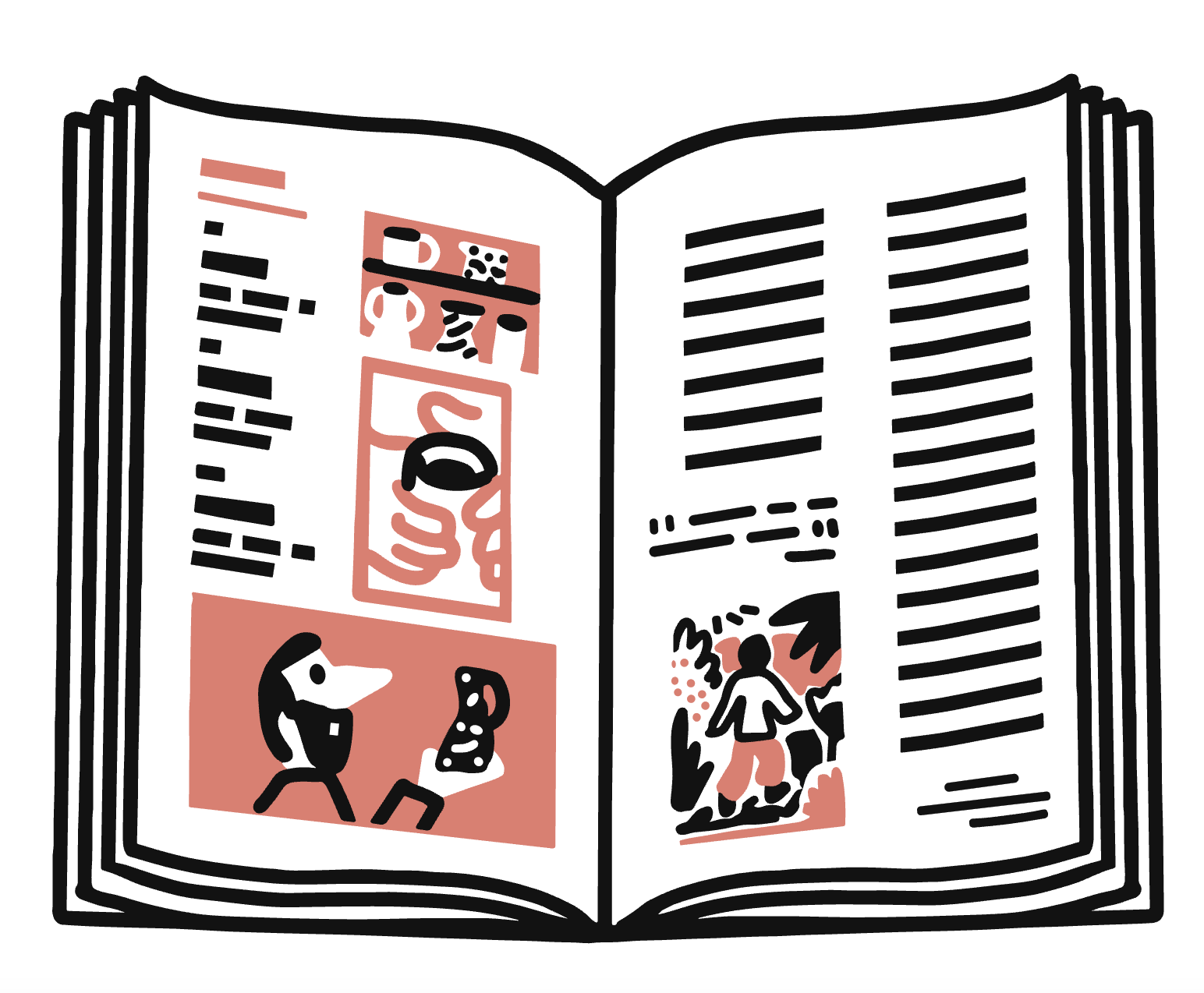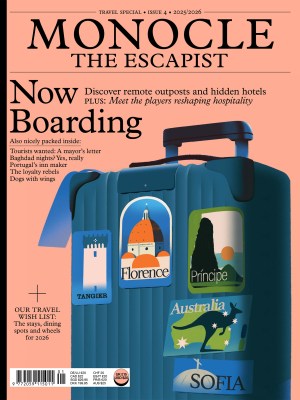Can this Cold War-era train revive the romance of rail travel?
A team of enthusiasts is restoring a vintage train, ready for service next year – bringing back a golden age of rail travel promising adventure, human connection and a vision of high-speed modernity.
In the Cold War’s great game of global prestige and influence, East Germany’s most mobile ambassador didn’t carry a passport – it carried people. Unveiled in 1963, the VT 18.16, later known as the SVT Görlitz, was the GDR’s answer to the West’s glamorous trains. A sleek, diesel-powered bullet of beige metal and burgundy, it transported party delegates, foreign dignitaries and business travellers from Berlin to Prague, Copenhagen and Vienna at a stately 120km/h. Inside were beech-veneer panels, deep-blue upholstery and rotatable seats modelled after those in a jetliner.
The SVT Görlitz was built not merely to move passengers but to stage a performance of modernity. That it was reservation-only – almost unheard of at the time – only burnished its brand. “Boarding the train felt like stepping into another world,” says Matthias Hebenstreit, who was just 18 years old when he took his first and only journey aboard it during a work trip. “It was like catching a glimpse of the future.”
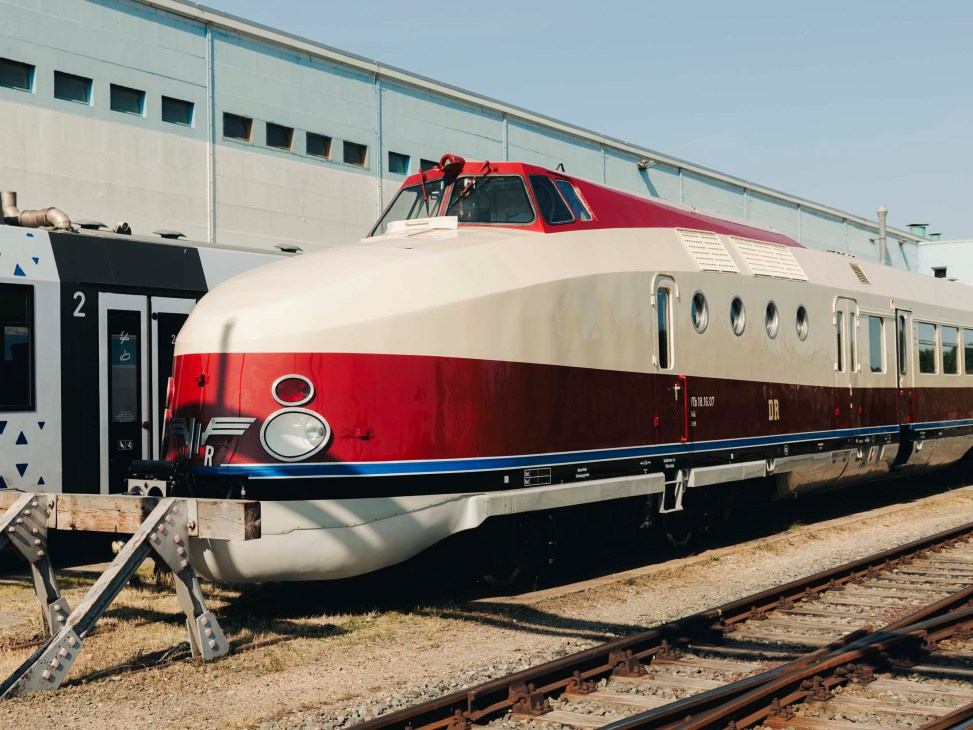
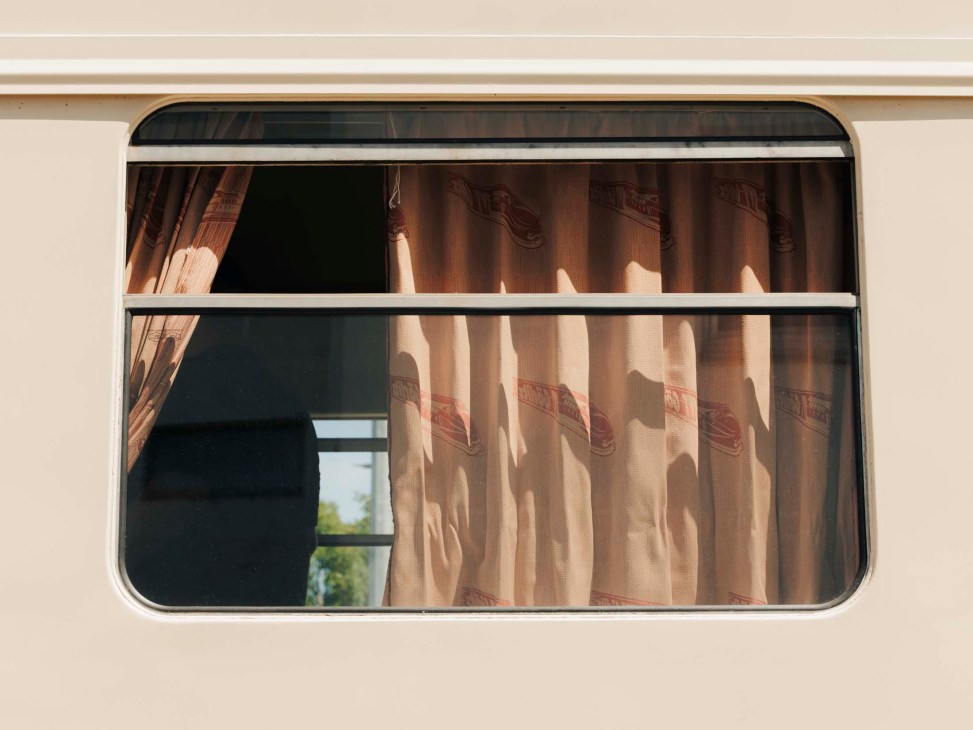
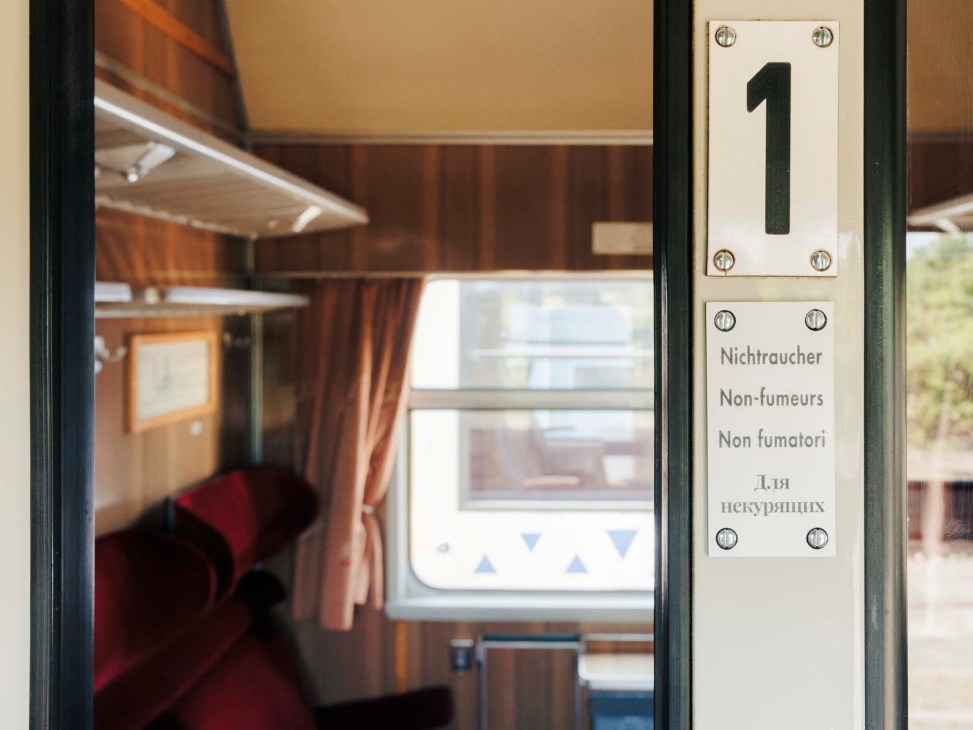
Dubbed a “diplomat on wheels”, the SVT Görlitz offered a rare corridor between East and West. By the late 1970s, however, railcars were falling out of favour and the train was gradually withdrawn from service. Of the original eight, only three survived reunification. One sat mothballed for years in Nuremberg at the museum of national rail network Deutsche Bahn (DB), lacking a working engine or brakes.
It is this SVT Görlitz that is finally getting back on track. In a hangar in Halberstadt, a town in the state of Saxony-Anhalt, a team of railway enthusiasts and engineers is painstakingly restoring one to its former glory with the aim of resuming a service within Germany next year. “Getting a high-speed train such as this back on the rails is a way of making a legacy visible again,” says Mario Lieb, who is leading the effort.
More than 70 volunteers – mechanics, electricians, upholsterers, administrators and planners – have spent the past six years sourcing parts, stripping paint, replacing windows and reinstating fixtures with forensic attention to detail. Among them is Andreas Haufe, who oversees operations planning for the train’s return to the rails. A driver with DB in Dresden, he’s responsible for staff co-ordination, training and regulatory oversight – a wide-ranging role that reflects his personal commitment to the project. “For DB, I drive modern trains to Berlin, Hamburg and Rostock,” he says. “But this one is different.” Born into a railway family, Haufe was four years old when his uncle, one of the SVT Görlitz’s last certified drivers, brought him along on a refuelling run between Dresden Neustadt and Altstadt. “I still remember the sound, the atmosphere,” he says. “For me, it’s the most elegant train ever built in Germany.”
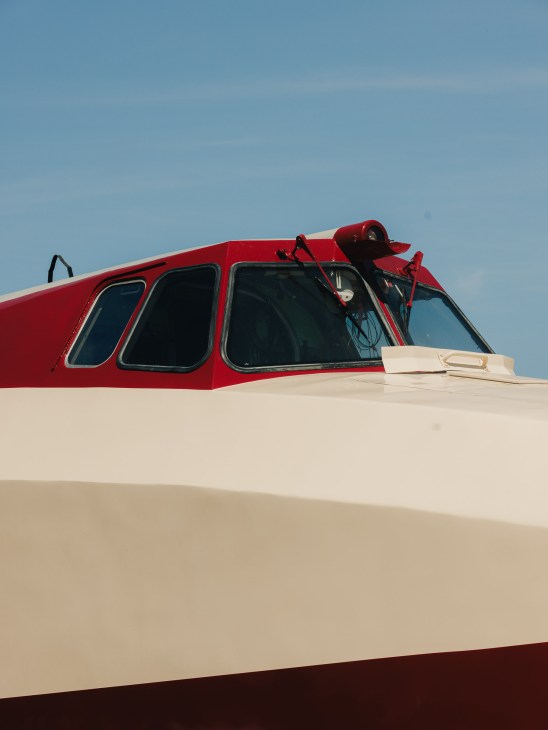
Of the €7m restoration budget, €5m came from public funds. The project aligned neatly with talk in Berlin of reviving the network’s international rail express routes. The restoration also happens to coincide with a moment when DB – beset by persistent delays, last-minute cancellations and overcrowded trains – is seeking to repair its battered image. Just 62.5 per cent of German long-distance trains arrived on time last year and the public’s patience is wearing thin. Patrick Schnieder, the transport minister, recently said that the state of the railways had become a national barometer. “People feel that things no longer function in the way that they should,” he told the German Press Agency. “That’s not just seen as a failure of infrastructure. It’s perceived as something more fundamental.”
Berlin-based revenue analyst Jessica Neumann joined the restoration as a volunteer, signing up as a photographer for the project. “It’s amazing how many people have a personal connection to this train,” she says. One couple wrote to say that they met in the SVT Görlitz’s dining car on a journey to Karlovy Vary in the 1970s. They struck up a conversation, fell in love and eventually married. Decades later, they hope to take that journey again.
Wherever possible, the restoration work is done in-house. “We have people here with a great deal of expertise,” says Lieb. But restoring the SVT Görlitz requires not just technical skill but an eye for nuance. “There was no unified interior across the eight trains,” he adds. “They were built in four batches, two units each, and there were notable differences in detail.” The team approached what remained with archival precision. Swivel seats, originally clad in grey-brown corduroy, were reupholstered in deep red with black side accents. The pattern of the dining-car curtains was faithfully reproduced. And the lighting? “The worn-out lamps had been replaced with pressed-glass fixtures,” says Lieb. “We had new ones produced by a local lighting maker, closely modelled on the originals.”
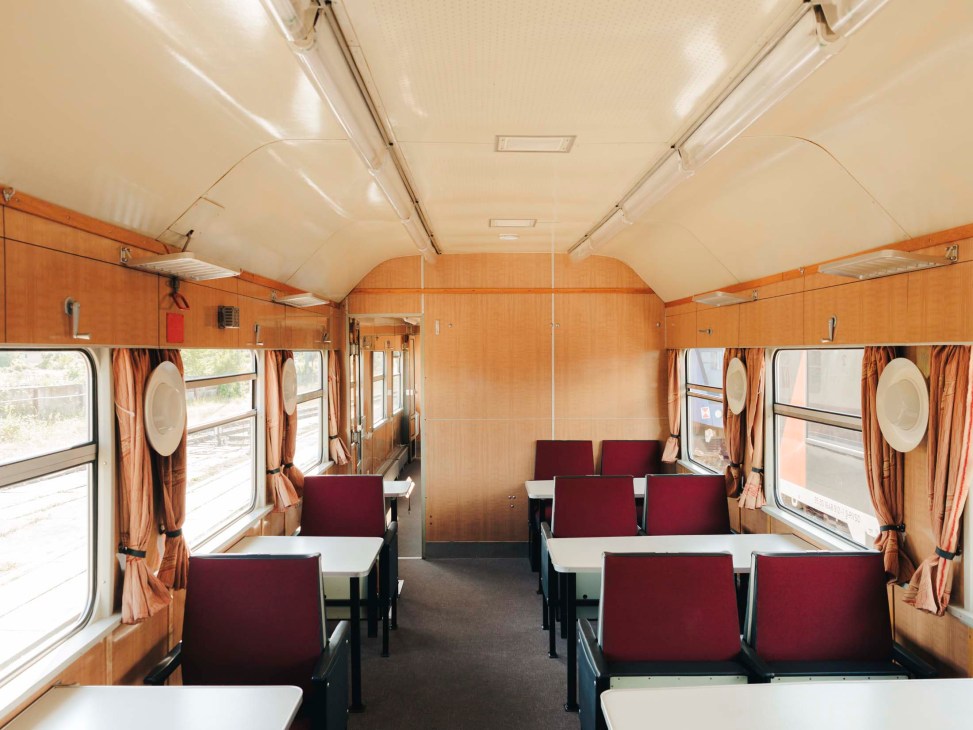
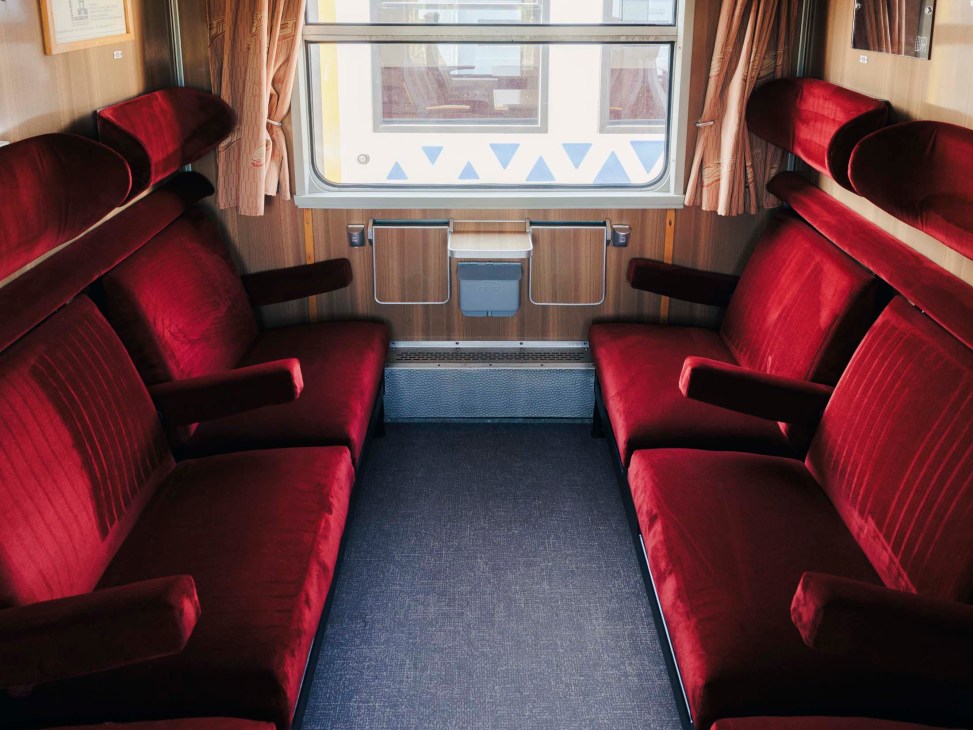
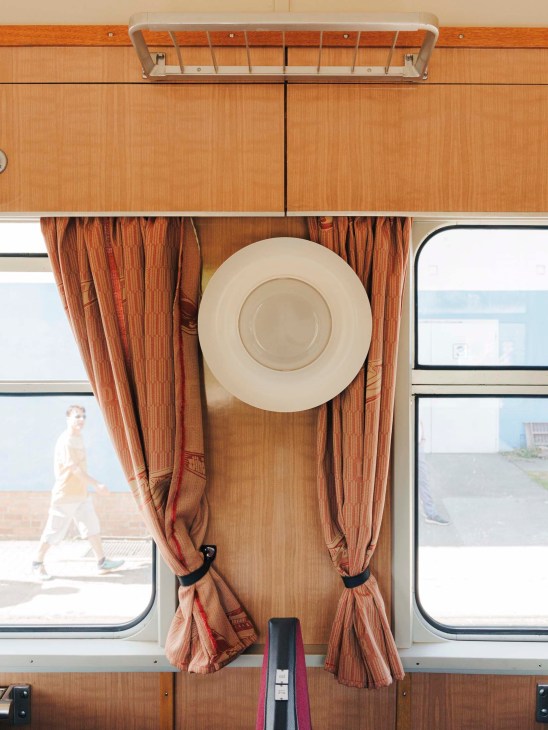
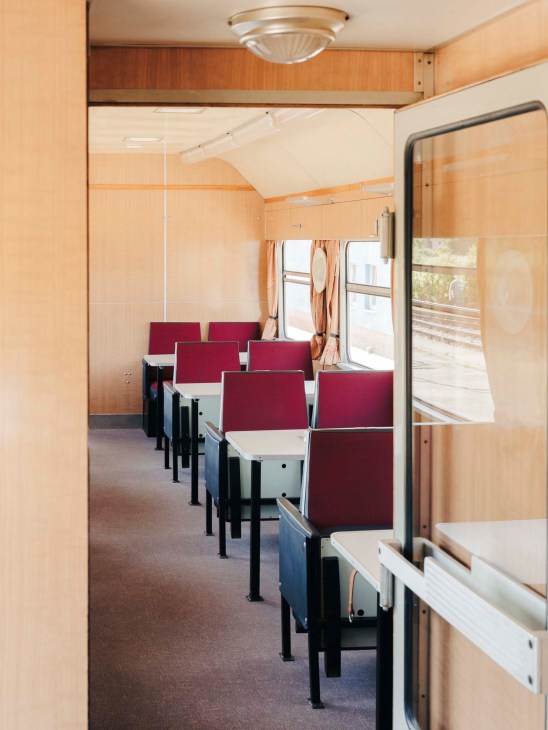
All of the fabrics now meet modern fire regulations and hidden systems such as toilet technology and door locking have been discreetly introduced to meet cross-border standards. Other aspects needed no improvement. “There was hot and cold running water on board already,” says Lieb. While the exterior, originally developed by Berlin-based architect Hans Gutheil, was leaner and sleeker than the more bulbous silhouettes emerging from West Germany, the interior was far more restrained. The aesthetic nodded subtly to Bauhaus principles, especially in the dining car, right down to the decorative end panels. “Of course, they had to work with what was available,” says Lieb. “But they still made something elegant.”
Though the SVT Görlitz emerged from a combination of constraint and ingenuity, the railway itself would soon face a very different challenge. After the fall of the Berlin Wall, the newly unified train network was less a public service than a profit-driven enterprise. “The early years were genuinely positive,” says Christian Böttger, a professor at Berlin’s University of Applied Sciences for Engineering and Economics, and an expert on Germany’s railways. He explains that as passenger numbers grew and freight volumes increased, new high-speed routes helped to make the national railway company a respected enterprise.
While the DB remains a pillar of German mobility, the emotional contract that it once held with the public has quietly lapsed. The railway still moves people but not, perhaps, in quite the same way as before. What’s missing isn’t just modern infrastructure or newer trains, even though the federal cabinet has just approved a €107bn support package. It’s more a sense that the railways belong to everyone.
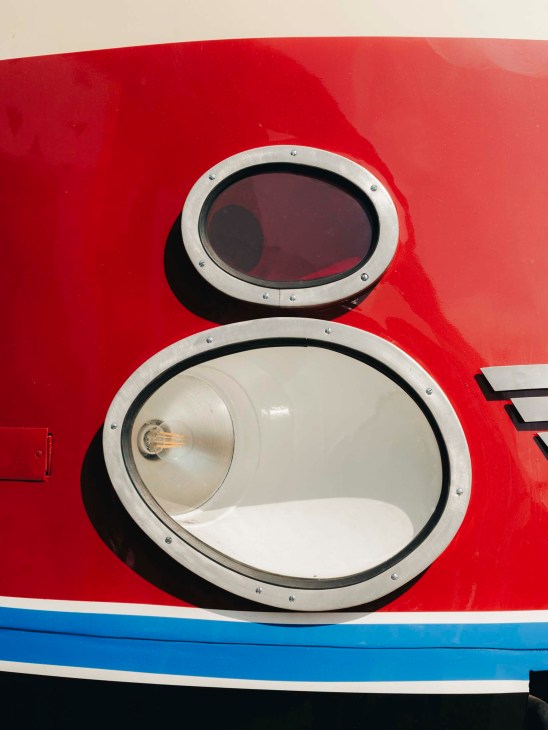
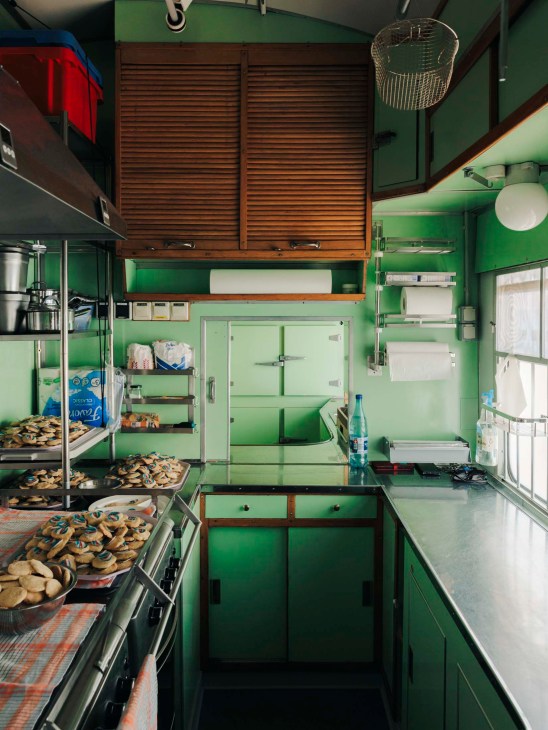
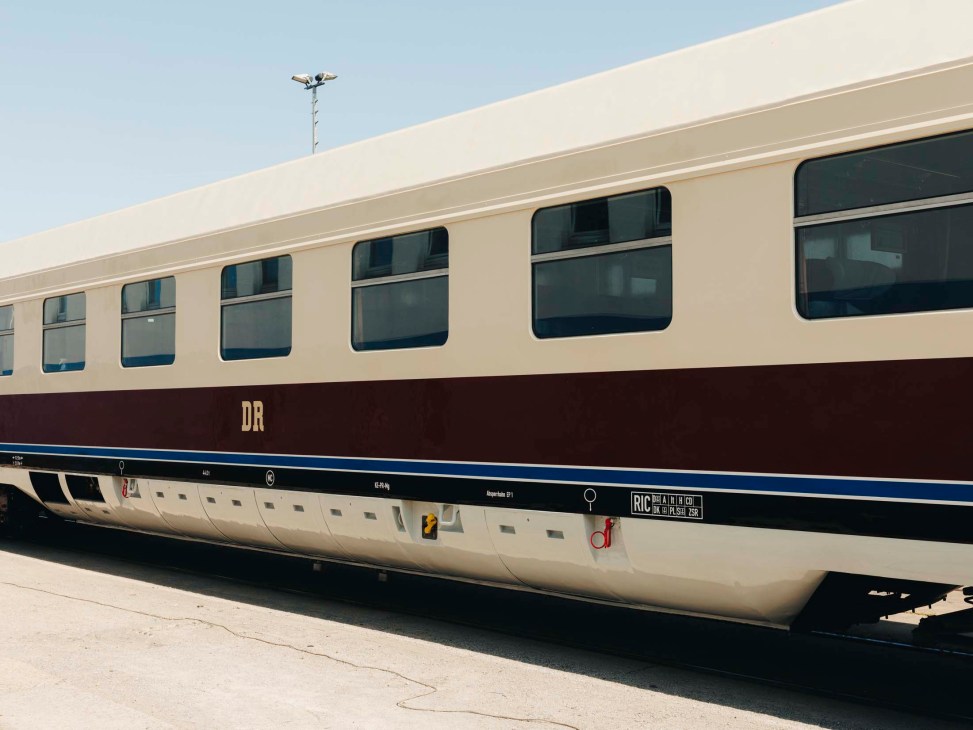
That spirit, say the restorers, is embodied in the SVT Görlitz. If all goes according to plan and the train returns to the rails in 2026, there will be space for 238 passengers to come aboard, plus 23 in the dining car. “We even have a chef,” says Lieb. For some, the journey to Prague will be a sentimental one. For others, it might offer a glimpse of how rail travel once looked, sounded and felt, when it carried a sense of purpose and promise.
svt-goerlitz.de
Monocle comment
Focusing on function alone will only ever get you so far in the world of mobility. One reason why this train (and any worthwhile travel experience) lives long in the memory is that it embodies an idea missing from most providers today: generosity. It might sound idealistic – even improbable, given the degradation of the lower ends of train and plane travel – but zipping between cities or stops should be enjoyable. More often than not, this means natural materials, good low lighting, some soundproofing and sturdy construction. And what about some fun too? The odd plush finish – such as this deep-red upholstery – is a reminder that a little drama in our designs can go a long way.
